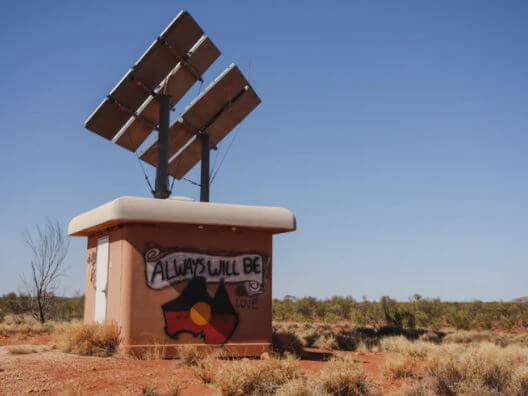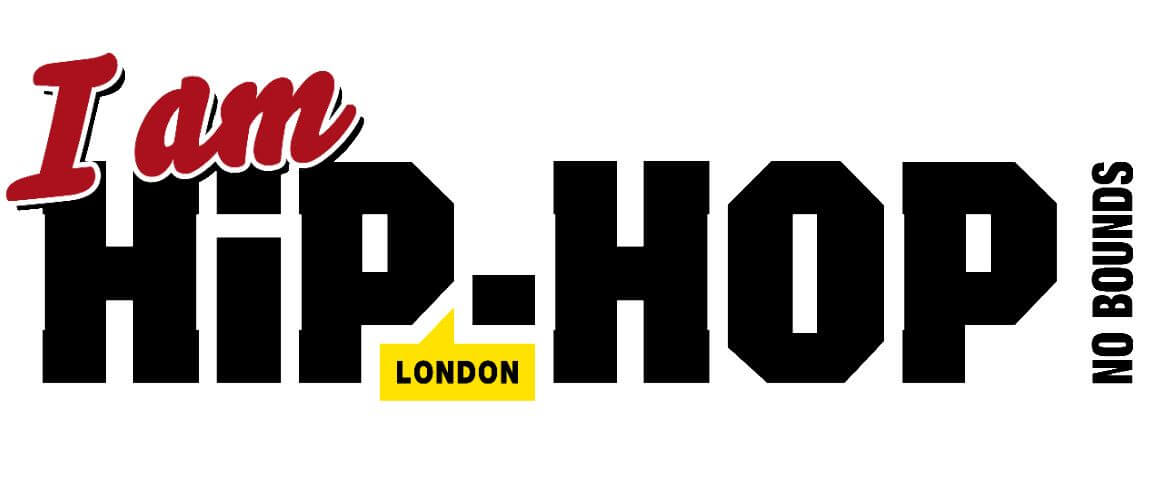 Australia’s First People have been marginalised throughout the centuries, ever since Captain Cook first landed on the country’s East Coast in 1770. Only 3.3% of Australia’s population today are Aboriginal, and they mainly live in remote communities in the country’s North and West.
Australia’s First People have been marginalised throughout the centuries, ever since Captain Cook first landed on the country’s East Coast in 1770. Only 3.3% of Australia’s population today are Aboriginal, and they mainly live in remote communities in the country’s North and West.
These communities keep Aboriginal culture alive through Dreaming stories, artwork, and more. When looking at Aboriginal culture, it’s interesting to compare male and female relations in these communities, to see how much they differ to European standards — and indeed, whether they have been affected by White Australians over the years.
In this article, we will look at different aspects of Indigenous Australian society and the gender roles with each.
Family Life
In Aboriginal communities, rearing children does typically follow the pattern of most societies; it is considered to be a woman’s duty. However, Aboriginals do not see this as definitive — both parents are expected to have a nurturing role and an active involvement in the child’s upbringing.
Gender equality — and disparity — within the family and community is not often the topic of discussion but it does seem to be more the mother and wife who assumes a ‘homemaker’ role, just like in many societies around the world. Women are rarely thought to be subordinate to men, but they do generally have different family roles.
Interestingly, some people believe the female’s role as homemaker was due to European influence and that it is changing as Aboriginal people are regaining their voice and identity — they are “taking more responsibility in areas of community life which European ideology has posited as male domains” (source).
Voting
Aboriginal women gained the right to vote shortly after white women. The actual year varied across states, but all Aborignal women could vote by the end of the 19th century. This was revoked from them, however, in the 1902 Commonwealth Franchise Act.
All Aboriginal people regained the right to vote in 1962, but they were only included in the census from 1967. Aboriginal men and women have had more or less equal voting rights throughout the decades, but they have obviously been very far behind Europeans — even now, only 58% are registered to vote.
Employment
Aboriginal men and women have starkly different levels of education and subsequently employment ranges. This report states that “Aboriginal women [have returned] to their traditional role of educators” and also that “many Aboriginal women have successfully trained as health workers”. Some go on to work in offices, particularly with Aboriginal businesses. Generally, Aboriginal women seem to be more literate and generally better educated than Indigenous males, who take more jobs as manual workers.
Despite their higher levels of education, there is a large gender pay gap between Aboriginal men and women, with males earning substantially more, even for lower-skilled jobs.
Hunting
While hunting is generally thought of as a male-dominated activity, Aboriginal women have hunted throughout history, and continue to do so. Traditionally, they have more ‘gathering’ jobs, collecting fruit and vegetables, and hunting small animals, whereas men would focus more on hunting animals like kangaroos or emus. However, some women do hunt bigger animals too — and it is recognised that the traditional hunting duties are complementary to each other.
Traditional Ceremonies
Some traditional ceremonies are male only. The main male ceremony is the ‘bora’ which is a rite of passage celebration for boys becoming adults. There are also woman-only ceremonies, which men are not permitted to. Nonetheless, mixed-sex ceremonies are more frequent and enjoyed by entire communities, where they tell Dreaming stories against backdrops of scared Aboriginal sites.
Gambling
Gambling is a key feature of many Aboriginal Australian communities, with history spanning back 300 years — when it was reported that Macassan traders introduced gambling cards to the Northern region. Since the arrival of Europeans, rates of gambling have increased in rural areas, and many people in these parts of the country have gambling problems.
Men and women alike gamble, but it is thought that gambling issues are more common amongst men than women. Women who start gambling when young are designated as high-risk for developing gambling problems later in life, whereas men who work part-time or are separated from partners might have more of a risk of developing gambling issues. The more traditional view of women as homemakers may result in their lower rates of gambling.
Alcohol
Alcohol problems in Aboriginal communities can be severe, they can affect both sexes and all ages. Women generally drink slightly less than men, which follows patterns seen in most cultures.
Due to the prevalence of dry communities throughout Australia, average drinking rates are lower. This report states that there is a “relatively low frequency of consumption (3.5 median drinking days in the last month for men, 1.8 for women). However, when people did drink, they reported a high median number of standard drinks per occasion (19.4 for men, 14.8 for women).” Women do have substantially longer dry periods — 90 versus 30 days on average.
Alcohol dependency may therefore be more of a problem for Indigenous men than women, who may find more of a sense of community and camaraderie with others of the same gender, as well as be more educated, but it is still an issue that needs to be addressed in some communities.
Conclusion
Aboriginal culture is not inherently sexist — women are seen as different to men, but rarely subordinate. In fact, European culture, and the structures that they have put onto Aboriginal’s native lands, seem to have made Aboriginal culture more sexist and the gender roles more pronounced. In cities, the gap between men and women seems broader than in communities, where both genders are appreciated for their unique roles.
There are still some crucial differences between men and women in Aboriginal society. Some, such as the difference in hunting styles and gender specific ceremonies appear to be traditional customs that benefit both genders. However, there still is a large gender pay gap between Aboriginal men and women, women do generally undertake homemaker roles, and men are more likely to suffer from alcoholism and gambling addictions. The fact that Aboriginal men and women have less voice than White Australians to talk about these issues does need to be targeted.
Dealing with the structural racism that all Aboriginal people face in modern Australian society, and giving Aboriginal Australians a voice to describe the main issues that they face are important stepping stones to tackling gender issues within the community.
L CAP
Latest posts by L CAP (see all)
- GENDER ROLES IN ABORIGINAL AUSTRALIA — August 18, 2020
